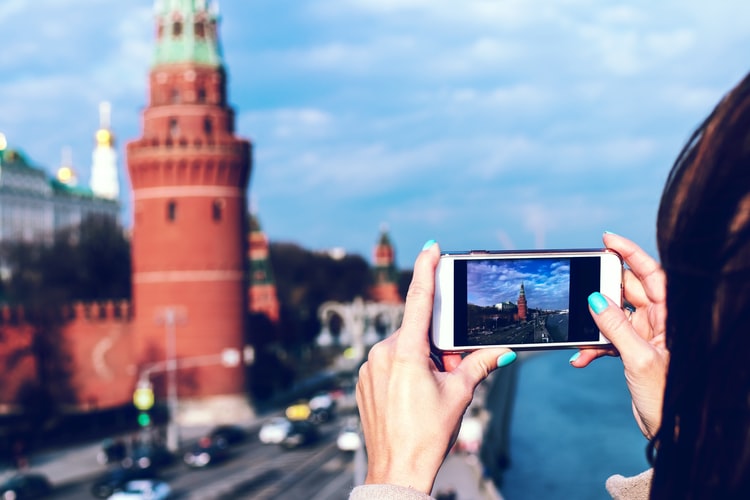Food styling, also known as “food photography,” is the art of preparing foods or dishes to be photographed by photographers. Food stylists are food styling specialists.
Food photography and styling may appear easy, but it requires a lot of food styling knowledge to do the job correctly. It isn’t easy to achieve good food photography. Food styling is an integral part of the photography process. Food photographers, bloggers, and stylists take photos for advertising purposes, such as cookbooks, magazines, or cooking commercials.
In certain situations, the appearance and arrangement of food is more important than its taste. This is important in many situations, especially when it comes to food photography.
What factors should be taken into consideration when styling and photographing food?
Several factors determine good food photography for food styling.
Here are the top three food photography tips for those who are just getting started with this concept.
1. Know your camera like your best friend
2. Light Sources: Know your light source
3. The mood of the picture
There are several things to consider when you want to take a great food photo.
1. Take the time to learn as much as possible about your camera
It is a more technical part of photography and can be easily mastered. Continue reading if you are a novice and enjoy expanding your knowledge through books and tutorials. You can continually improve your photography skills by reading our articles.
Online, you can find anything and everything. Continue to search, read and learn. You should read your camera’s manual. If you’re not ready, shoot in manual mode. As you know, “Practice Makes Man Perfect,” you’ll get the hang of it.
2. Knowing light well is essential.
Develop a relationship between your subject and light. Try different light sources and play around to find what works best for you. Many people prefer to shoot their specific project under natural lighting. This may mean you need to reduce the amount of light, which is easily achieved using scrim, sheets, or net fabric. You can use the amount of light and shadow in your photo to give it a 3-dimensional look.
Artificial light can be designed to mimic natural light. This will give us excellent results. Artificial lights are usually more convenient. Imagine you can’t shoot at night. It is not recommended to use the built-in flash unless you filter or deflect it.
3. The mood of the picture
Create a work chart that describes your style and mood, and then work on creating a great blog post. You can ask yourself whether you want to make it formal or casual. You can choose to have it dark or bright. Seasons and lighting are important factors in presenting your delicious and fresh plate of food. Let’s say you want to shoot a bowl of comforting, thick soup in winter. You may choose to style the bowl so that it looks warm and cozy. You may choose to style your food so it seems soothing and refreshing if you’re shooting ice cream and fresh fruit in the summer.
What is the technique of food photography?
Create A Consistent Portfolio
Portfolios have a tremendous amount of power. It was a focus for the most famous photographers. And boy is this true. It would help if you had an impressive portfolio to get gigs. It should also reflect who you are. Gabriela Klafk said, “If you can show off your unique personality – because everyone is different – then people will pay more attention.”
Master the balance between depth of field and shutter speed.
This skill will help you capture different moments in different styles. Leen Alzaben said, “Learn to dance, and use that as your guide for telling stories with sharpness, focus and exposure.”
Take Better Photos by Shooting Tetherless
Professional photographers dislike the idea of tethering because they feel that the cord is repressing. Shooting tethered is a great way to style food photography. Props like fake ice, cold water, and cheese can make the photos look more professional.
Compose your compositions using lines and layers.
Creatively use props to create lines. Use layers to create three-dimensional images. Position your camera low on the table and shoot sideways. Add props in front and behind the subject.
Use Negative SpacingBefore taking the shot, give the viewer room to breathe and leave some negative space. This is good for the mind and eyes and makes great food photography.
Reduce clutter
If an extra prop like a fork, spoon, or busy background doesn’t enhance the photo, we suggest removing it. Focus on the subject of the picture and the composition, but do not zoom in too close so that the viewer cannot tell what it is.
Understanding how to frame your shot
A tripod is a great tool to use as it allows you to create a more pleasing scene. It also knows how to frame the shot accurately from any angle.
Choose your angle before you begin styling
We have set up the studio and food perfectly, only to be stopped because of the wrong angle. Use a dummy to decide the angle before you begin styling.
Layers & Texture are the keys.
Add texture to your food photos, and they will be taken to a new level. You should aim to have about three layers of consistency, such as a napkin or cutlery. Also, include ingredients like chocolate, spices, herbs and other ingredients.



